Special exhibition
The Sorbian museum also has special rooms with a total area of 220 m². The exhibitions are complementary and add further depth to the selection of permanent exhibitions and are mostly concerned with national minorities or regional characteristics – suitable for our museum. Slavic nationalities and their cultural traditions are of particular interest. The art exhibitions complement the programmatic orientation and open up a new way of looking at certain topics.
What’s on 2024
12.11.2023 – 25.02.2024 On the way home. Jürgen Matschie
17.03.2024 – 05.05.2024 Sorbian Easter
26.05.2024 – 27.10.2024 The structural engineer Eberhard Deutschmann
17.11.2024 – 16.03.2025 Eternal journey. Color and words in the work of the Ukrainian artist Andrzej Sharan
Endless journey. Colour and word in the work of Ukrainian artist Andrii Sharan
17th November 2024 – 16th March 2025
Вічна подорож. Колір і слово у творчості українського художника Андрія Шарана
Wieczna podróż. Kolor i słowo w twórczości ukraińskiego artysty Andrzeja Sharana
“Let us cherish dreams – the only reality in this illusory world.”
Those words seem to be a bridge to the artistic and literary work of Ukrainian writer and painter Andrii Sharan. He creatively processes his – partly traumatic – experiences of different identities, the exile and life in a foreign country, the war that ravaged his home country and his family and the associated conflicts. By doing that, he achieved a symbolism that is universal for European culture. Sharans poetic language combines literature and painting. Through this, the experience of an individual becomes the tale of a collective European fate. Yet Sharan always remains an artist of Ukrianian origin. That is one of many reasons, why the Sorbian museum decided to show his work and by doing so, sustain the traditional relations between Sorbian and other Slavic cultures.
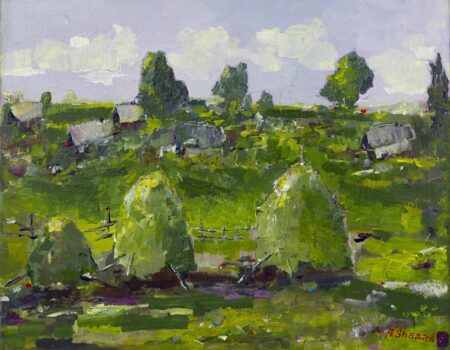

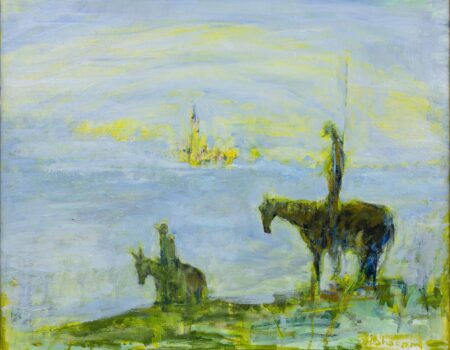
Andrii SHARAN was born in the region of Lviv in 1966. He studied law at the State University of Lviv. After graduation he worked as an investigator for the department of public prosecution and later as an attorney. As such, he successfully litigated at the European Court of Human Rights in Strasbourg. Since 2015 he lives and works in Wrocław (Poland), where he published his works in polish literary journals. His paintings and literary works are being summerised with the title “Pantomime of words and colors”. Up until now he showed his art in four individual exhibitions.
Permanent exhibition
The permanent exhibition at the Sorbian Museum in Bautzen leads you on an 830 m² tour from the early history to the present day. There is a thematically independent department of visual arts.
Ground floor
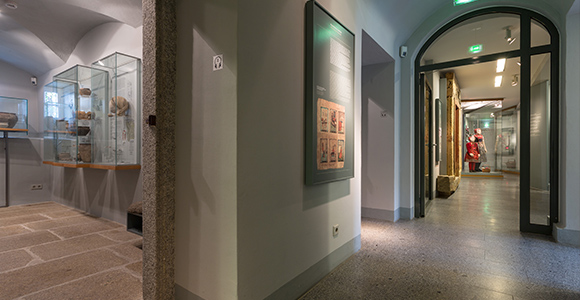
Start of the exhibition
The first part of the exhibition in the foyer presents a historical and linguistic classification of today’s Sorbs and their ancestors. Selected exhibits from each part of the museum will give you an overview of the central areas of the Sorbian identity.
In the following room the time of Slavic settlement, the High Middle Ages and the Reformation in Lusatia is shown. The next exhibition space displays areas of typical regional craft – for example forest beekeeping, fisheries and aquaculture, which formed an important industry since the Middle Ages.
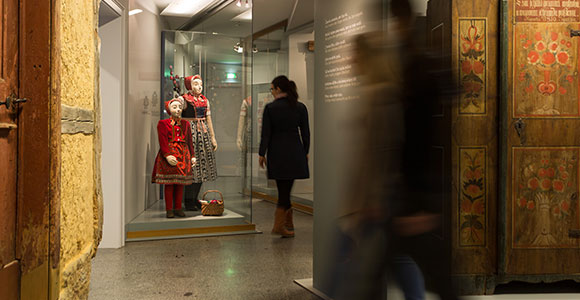
Working and living conditions of the sorbs
Afterwards, you enter an area divided into four rooms with the themes: domestic living, costumes and customs during the course of the year. This includes traditional music.
1. Floor
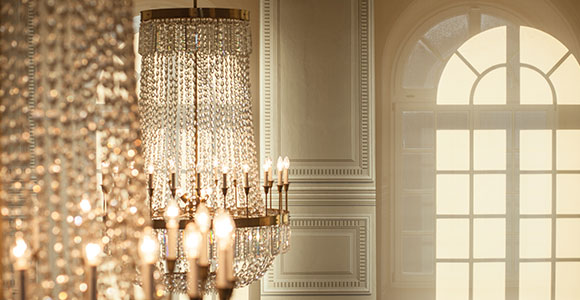
Ballroom
The literature exhibition can be found in the ballroom. The largest room of the museum has two floors, because it used to be the court room of the Amtsgericht (local court) Bautzen. It is decorated with pictures of Sorbian scientists and writers. Beneath the gallery, the triptych by the Slovenian artist Ante Trstenjak shows important thinkers and creators of culture of the Sorbian cultural movement. The glass cases beneath the gallery display old prints and literary monuments.
On the left and right hand side of the room, there are cabinets with the works of important representatives of literary modernism. In the gallery, you can relax in the library and page through one of the numerous books.
Special events such as concerts and exhibition openings are held in the ballroom.

National movement
After the ballroom, the tour leads you to modern times and the national movement in general. Here the national consciousness of Slavic people, the literary and scientific studies of the Sorbian -Wends as well as other key factors of historical development are presented. In the middle of the space is the so-called Smoler room – as a reference to the outstanding personality of the Sorbian national revival.
A separate plaque is dedicated to the Sorbian emigrants overseas.
The ballroom doors lead into the special exhibition area in the east wing of the building.
2. Floor
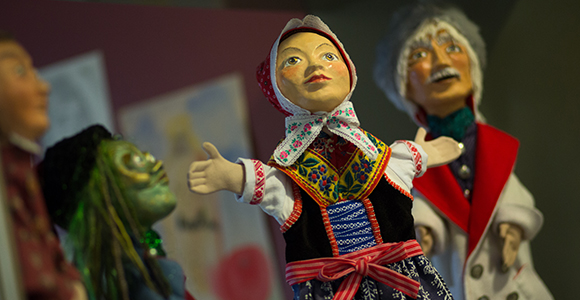
Children's museum & Contemporary history
The visitors can look at the area dedicated to “Early Childhood”. The combined children’s museum is also an educational area and part of the permanent exhibition.
The department of modern history displays the development of the Sorbian associations, from the time of foundation until the reunification of Germany, and the position of the German public authorities as well as various other aspects of being a Sorb. And finally, we arrive at the present time.
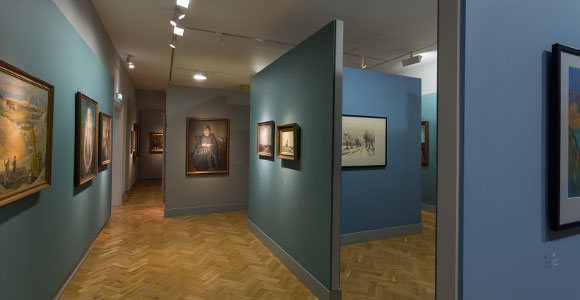
Fine arts
This is a nice opportunity to leave the “historical timeline” and receive a visual impression not only of Sorbian but also of Upper Lusatia and Lausitz – enjoy this tour through the department of fine arts.
The Sorbian Museum has the largest collection of Sorbian art, including impressive portrayals and portraits of people, landscapes and watercolour paintings.
Bookable traveling exhibition
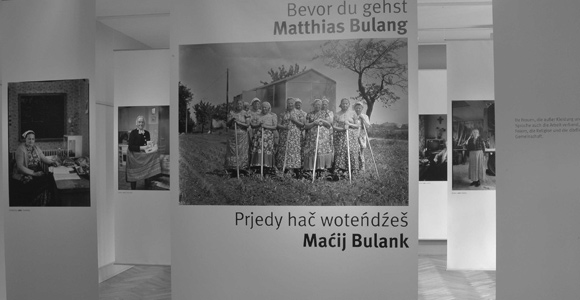
„Bevor du gehst“ (before you go)
Photos by Matthias Bulang
An extensive collection of photos of the last Sorbian costume makers in Bautzen by the photographer Matthias Bulang (created 1985-2011) was the starting point of an exhibition and book project entitled “Bevor du gehst”. This project was run in collaboration with two other Sorbian artists – the writer Róža Domašcyna and the composer Měrćin Weclich.
Classic black-and-white photos that Matthias Bulang has taken with a conventional plate camera are exhibited. He places the women portrayed into a distinctive environment and provides them with vocational and work-specific elements. The women in these photos remain nameless and stand for all women of their generation. Most of women are no longer alive. The almost life-size portraits convey the illusion that the women are still among us and looking straight at us.
In this short moment, you forget about the question: What will we have lost, when none of these women are among us anymore?
These photos by Matthias Bulang are a tribute to all the plain Sorbian women who heroically mastered everyday life. Despite the loads imposed on their generation and the hostility they had to face because of their Sorbian dress and native language, they kept their courage, faith and love to their people.
This is a multimedia exhibition. With headphones the visitor can listen to texts of the Sorbian poet Róža Domašcyna. The poet reflects on the life of her mother, who also wore the Sorbian costume. Domašcyna approaches the questions about the meaning of life and wants to know what drew this generation of women together.
The Sorbian composer Měrćin Weclich was inspired by these photographs. His compositions that have been specially created for these pictures frame the spoken word and make an emotional connection to the photographs of the exhibition.
Material:
48 banners with art photographs and quotations in Upper Sorbian and German
Dimensions: each 800 x 2500 mm
1 title banner, dimensions 1300 x 2500 mm
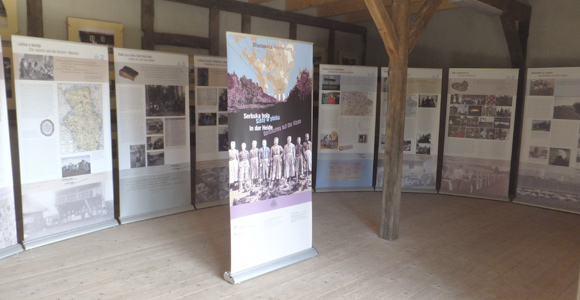
"Serbska hola. Slědy w pěsku"
In the heath region. Sorbian traditions on a razor’s edge?
The exhibition explores the Sorbian roots of the Lusatian heath region between Senftenberg, Hoyerswerda, Spremberg, Weißwasser and Bad Muskau. Furthermore, the identity and changing values of the people living there – including the influence of industrialization – is examined.
The unique costumes and traditions of the Sorbs in the heath region have survived to this day – however, this traditional and several centuries old system is on a razor’s edge due to brown coal mining, the destruction of Sorbian towns and the influx of thousands of immigrants into the area.
“Sorbisches auf der Kippe – Sorbian traditions on a razor’s edge” – the title of this exhibition consciously plays with certain associations. Because not only Sorbian villages but also the Sorbian language and identity in this region are on a razor’s edge. And, a lot of memories are carelessly thrown away. But exactly because of this loss, the interest in the preservation of the heritage of the ancestors is growing.
Material:
10 roll-ups in Upper Sorbian and German with numerous photographs
Dimensions: each 2000 mm x 1000 mm



